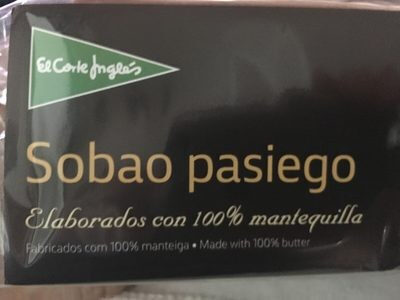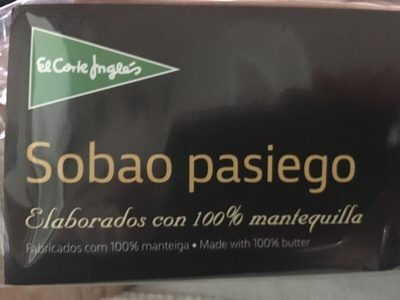Sobao pasiego - El Corte Inglés - 650g, 4 unidades
Aquesta pàgina del producte no està completa. Podeu ajudar a completar-la editant-la i afegint-hi més dades a partir de les fotos ja disponibles, o fent-ne més amb l'aplicació de androide o iPhone / iPad. Gràcies!
×
Codi de barres: 8433329001847 (EAN / EAN-13)
Nom comú: Sobao
Quantitat: 650g, 4 unidades
Empaquetament: es:Individual
Marques: El Corte Inglés
Categories: Aliments i begudes amb base vegetal, Aliments amb base vegetal, Cereals i patates, en:Bakery products, en:Spanish bakery products, es:Sobao Pasiego
Etiquetes, certificacions, premis: es:100 % mantequilla
Origen dels ingredients: es:Cantabria
Llocs de fabricació o processament: Maliaño, Cantabria
Botigues: El Corte Inglés
Països on es va vendre: Espanya
Matching with your preferences
Entorn
Empaquetament
Transport
Report a problem
Fonts de dades
Producte afegit per openfoodfacts-contributors
Última modificació de la pàgina del producte per vaiton.
La pàgina del producte, també editada per 99fran, kiliweb, musarana, thaialagata, yuka.Ia9DJ-yMGJB4TcDc15IK-gOZN97FEvsHCCQjog, yuka.U0lZYVRhRWJ0S1EwbGNjeTN3L1F4dTlmMTUyVFhXZTJDZk1TSVE9PQ.








